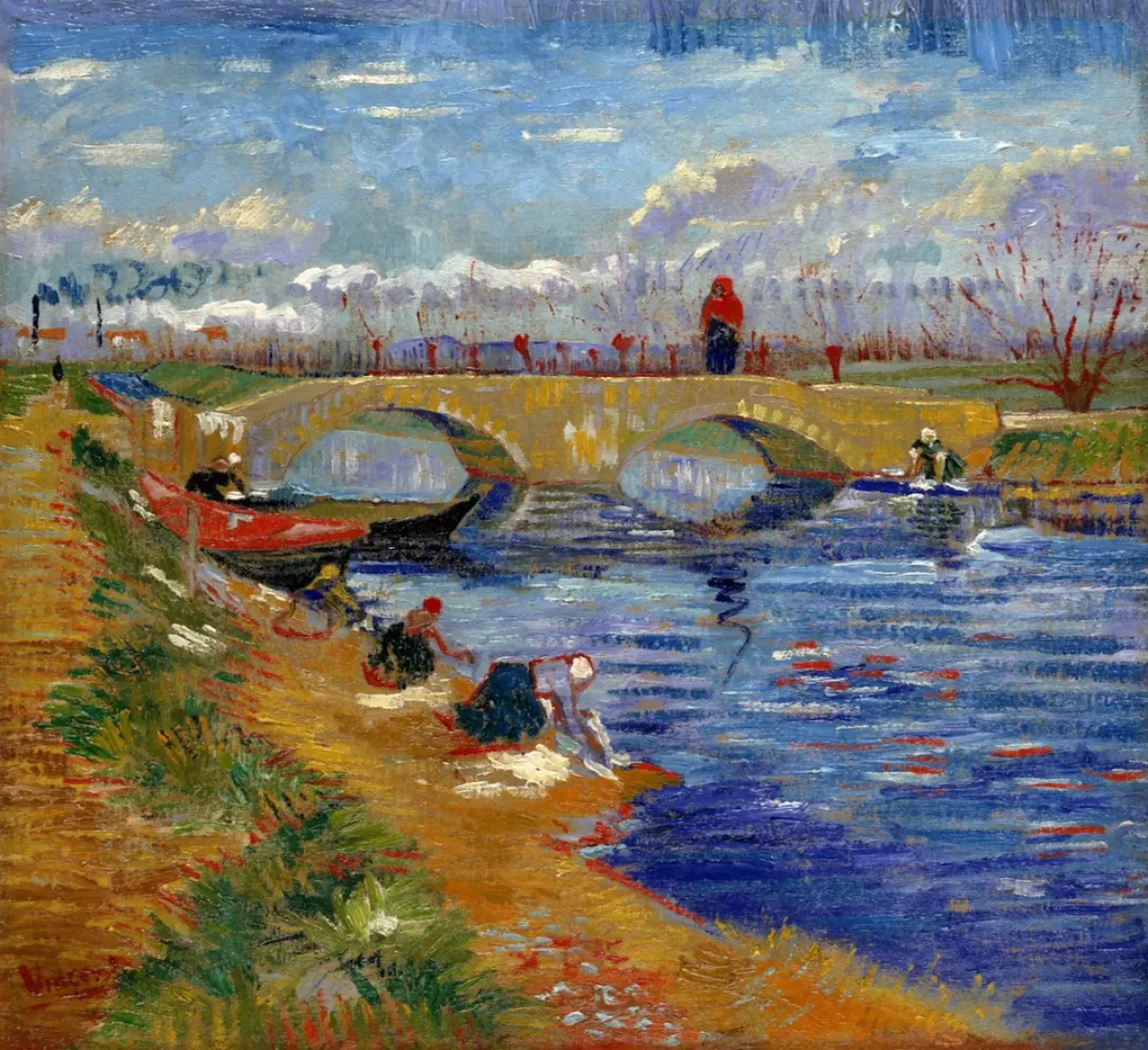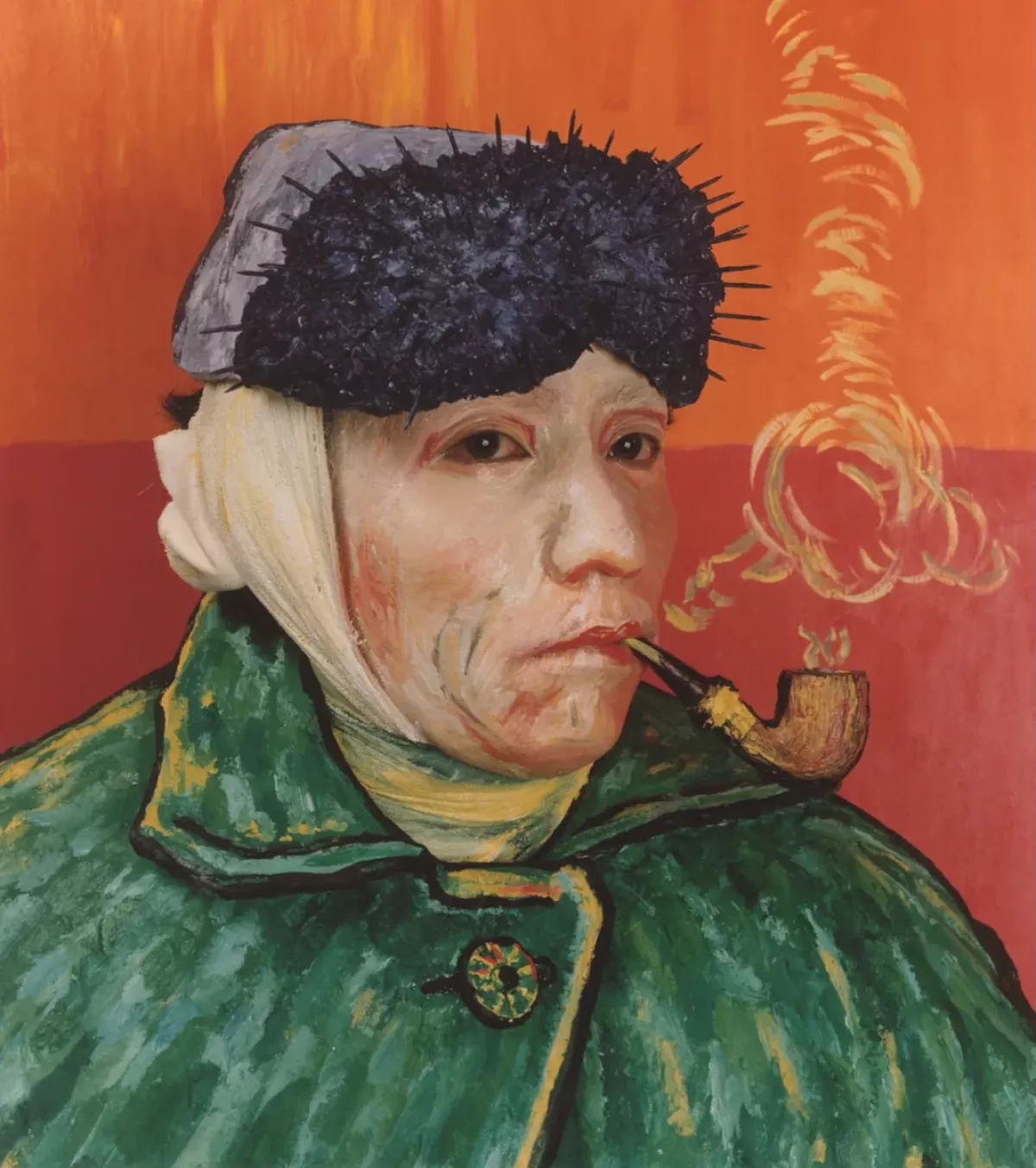Van Gogh like never before: Japanese museum unveils groundbreaking exhibition
A Japanese museum is opening its doors to the world of Vincent van Gogh like never before.
The Pola Museum of Art, located about 60 miles west of Tokyo, has launched its first-ever exhibition dedicated solely to Vincent van Gogh, exploring the profound impact the Dutch painter had on Japanese artists—and how Japanese art influenced van Gogh during his lifetime. The show, titled “A Renewal of Passion: The Impact of van Gogh,” offers a unique cultural dialogue through art, Caliber.Az reports via Smithsonian magazine.
The museum houses three original van Gogh oil paintings—the largest collection in any Japanese institution—featuring works created in France between 1888 and 1890: The Gleize Bridge Over the Vigueirat Canal, Clumps of Grass, and Flower Vase With Thistles. Additionally, the exhibition includes three van Gogh pieces loaned from other Japanese collections, such as Peasant Woman (1885) from the Morohashi Museum of Modern Art.
Born in the Netherlands in 1853, van Gogh first encountered Japanese ukiyo-e woodblock prints—like the famous The Great Wave (1831)—while working in Antwerp in 1885. A year later, after moving to Paris, he began developing his signature Post-Impressionist style heavily influenced by Japanese art. The Van Gogh Museum notes that “very few artists in the Netherlands studied Japanese art,” but “in Paris, by contrast, it was all the rage,” shaping van Gogh’s artistic evolution.
Shortly after arriving in Paris, van Gogh purchased over 600 Japanese woodcuts, which he displayed in his studios after unsuccessful attempts to resell them. Nienke Bakker, co-curator of a 2018 exhibition on van Gogh’s Japanese inspirations, told the Times, “It’s hard to imagine what his works would have looked like without this source of inspiration.”
The cultural exchange flowed both ways. By the 1910s, Japanese artists and writers admired van Gogh’s passionate style, with early adopters like Kishida Ryusei creating works that echoed van Gogh’s brushwork and vivid colors. The exhibition features Kishida’s 1912 self-portrait and Nakamura Tsune’s 1923 Sunflowers, a tribute to one of van Gogh’s iconic subjects.
The display also includes a 1923 painting by Maeta Kanji of the graves of van Gogh and his brother Theo in France, painted from life during Maeta’s European visit.

Contemporary Japanese artists are featured as well, such as Kuwakubo Toru, whose 2015 painting Vincent Willem van Gogh’s Studio uses thick impasto technique reminiscent of van Gogh’s style. Photographer Morimura Yasumasa’s self-portraits blend his image with historical artworks, beginning with a 1985 reinterpretation of van Gogh’s Self-Portrait With Bandaged Ear and Pipe.
As van Gogh’s mental health declined, his admiration for Japanese art “became integrated into his style, but it’s no longer his artistic model,” Bakker explained.
Since Japan’s late Meiji era, the Pola Museum states, van Gogh’s “intensely personal and passionate approach to art, and unwavering dedication of his life to it, have deeply moved those involved in the arts and left an impact on many areas of culture and society.” This exhibition celebrates that enduring legacy and the cross-cultural artistic exchange it inspired.

By Naila Huseynova








